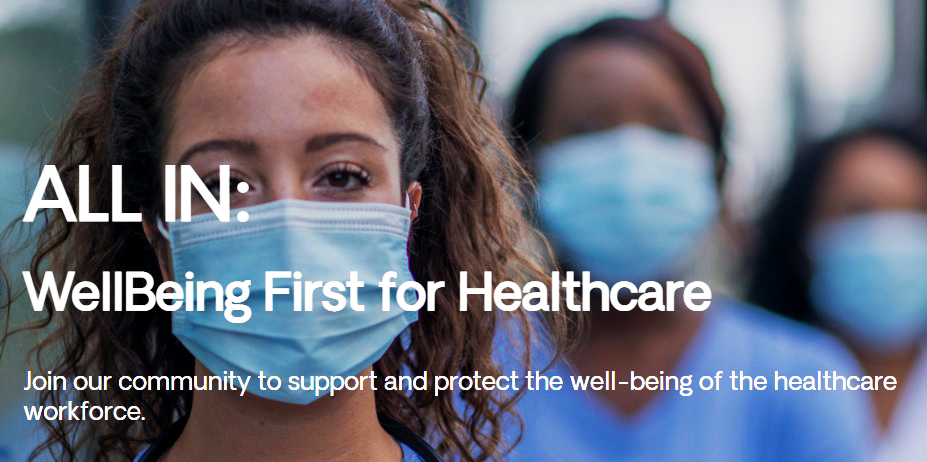Healthcare Worker Burnout – new report released by U.S. Surgeon General

Blog by Mari Tietze, PhD, RN-BC, FHIMSS, FAAN, Professor, UT Arlington College of Nursing and Health Innovation
Burnout is the topic of the newly released report “Addressing Health Worker Burnout” by the U.S. Surgeon General, to include a substantive action plan to address this growing issue for healthcare providers.
The report distinguishes between burnout and moral injury, and it’s essential to know the difference. To most healthcare providers, burnout connotes a sense of failure, thereby setting up a sense of guilt. This scenario is mentioned by the family members of Dr. Lorna Breen, the New York emergency physician who took her life amid the COVID-19 pandemic.
Dr. Breen was diagnosed with burnout. It’s believed she was troubled by the realization her time off was an added burden to co-workers. The guilt may have caused additional anguish to the point of being unbearable.
The phenomenon of “moral injury” connotes an event instead of a diagnosis. Moral injuries occur in response to acting or witnessing behaviors that go against an individual’s values and moral beliefs.
Throughout the COVID-19 pandemic, moral injury is likely experienced every day during providers’ delivery of healthcare. It’s said that repeated exposure to moral injury can take a toll. Left unattended, it can progress to serious mental effects.
COMPASSIONomics can help. In their 2019 book of the same title, Stephen Trzeciak and Anthony Mazzarelli explain that compassion is more than caring or empathy; it is action-oriented. It is the desire to take action with an emotional response that is focused on helping a person in need. Even in the midst of moral injury, there are some actions healthcare providers can do to deliver compassion to their patients.
Research shows that COMPASSIONomics can activate the parasympathetic nervous system, resulting in a calming effect that counterbalances stress. This scenario can be transformed into interactions between healthcare administrators and the providers they lead. An example of this approach with five “how to” steps is reflected in a collaboration between First Responders First and the Dr. Lorna Breen Heroes Foundation.
The website All In: WellBeing First for Healthcare is also crucial, housing research, tools and support-group options. Between this site, COMPASSIONomics and the Surgeon General’s new report, there is help for healthcare leaders, providers and patients.
